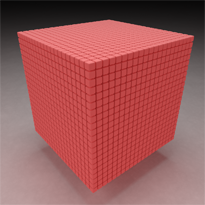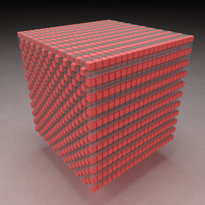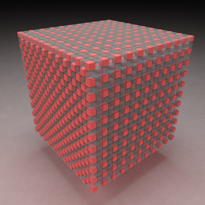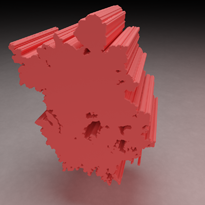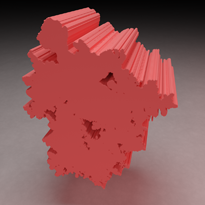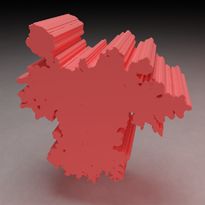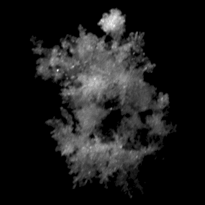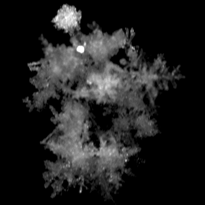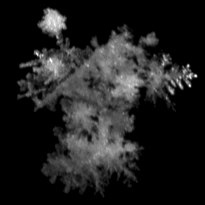Fall Speed Measurement and High-Resolution Multi-Angle Photography of Hydrometeors in Free Fall
Tim Garrett, Cale Fallgatter, Konstantin Shkurko, and Daniel Howlett
In Atmospheric Measurement Techniques (AMT), Vol 5, Iss 11, 2012

Abstract
We describe here a new instrument for imaging hydrometeors in free fall. The Multi-Angle Snowflake Camera (MASC) captures high-resolution photographs of hydrometeors from three angles while simultaneously measuring their fall speed. Based on the stereoscopic photographs captured over the two months of continuous measurements obtained at a high altitude location within the Wasatch Front in Utah, we derive statistics for fall speed, hydrometeor size, shape, orientation and aspect ratio. From a selection of the photographed hydrometeors, an illustration is provided for how the instrument might be used for making improved microwave scattering calculations. Complex, aggregated snowflake shapes appear to be more strongly forward scattering, at the expense of reduced back-scatter, than heavily rimed graupel particles of similar size.
Description
More information can be found from the main research page.
A collection of notable snowflake photographs is shown in the gallery of selected flakes.
Besides writing the acquisition software for the MASC, we ran microwave scattering calculations on a few targets using DDSCAT software package. The results are shown in the paper. PBRT renderer was used to visualize the targets. The images below show the synthetic volumetric cube targets, where ice is shown as red and air is shwon as blue transparent cubes. From left to right are fully filled lattice, extruded front frace of alternating materials in 2D and lattice with materials alternating in 3D.
Since the MASC takes pictures of snowflakes, we are able to compute scattering off real snowflakes by using the volumes built by extruding the captured image of a snowflake. The top row of images below shows the targets used for scaterring, while the bottom row shows the corresponding captured images.
BibTeX
@article{amt-5-2625-2012,
title = {Fall speed measurement and high-resolution multi-angle photography of hydrometeors in free fall},
author = {Garrett, T. J. and Fallgatter, C. and Shkurko, K. and Howlett, D.},
journal = {Atmospheric Measurement Techniques},
volume = {5},
year = {2012},
number = {11},
pages = {2625--2633},
url = {http://www.atmos-meas-tech.net/5/2625/2012/},
doi = {10.5194/amt-5-2625-2012}
}Acknowledgements
The MASC was developed with support from NASA, NSF, the US Army, and the University of Utah Technology Commercialization Office. We disclose that T. J. G. and C. F. are co-owners of Fallgatter Technologies which designs, builds and sells the MASC.
